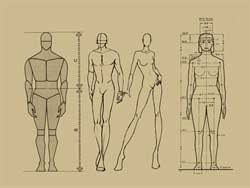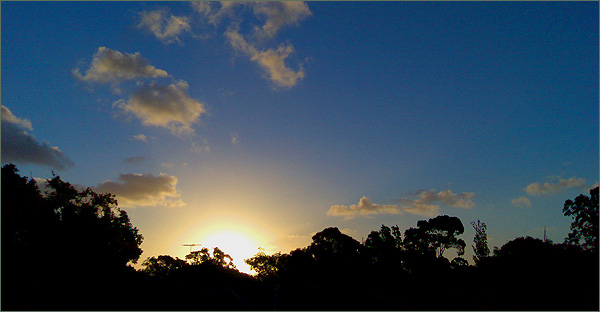Done! I’ve just emailed my application for the Australia 2020 Summit. Here’s my “100 words or less on why you (or your nominee) should participate”:
Australia’s democracy, created in the age of steam trains and the telegraph, must grasp the social media and online collaboration tools already transforming our world. Not tentatively, but with bold confidence.
I know these tools and their technology — and their flaws. Practical knowledge, untainted by the need to prop up old-media empires or sell products.
Armed with a high-powered “BS Detectorâ€, I take a forensic approach to analysing complex issues — synthesizing and explaining practical solutions in clear, unambiguous language.
My passions are aroused by issues of integrity, human rights, truth, tolerance and transparency.
As I’ve mentioned before, my referees were Adam Salzer are Zern Liew. Nice to have one at each end of the alphabet, eh?
The more I look through my writing, the more I see the themes of this summit session running through so many articles.



